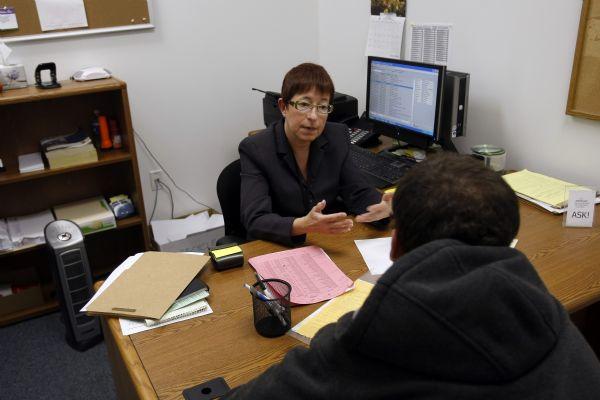Caifornia's state prison officers will receive a 4 percent pay raise and earn overtime more easily under the terms of a tentative agreement reached with Gov. Jerry Brown.
The deal also allows the state to continue reassigning staff to cover vacancies and reduces the length of the Department of Corrections and Rehabilitation's academy training.
"We feel that the deal that was agreed on was a fair and equitable deal that is reflective of the way the bargaining process should work," California Correctional Peace Officers Association spokesman JeVaughn Baker said in a telephone interview. "Both parties made some concessions, and both parties gained in the process as well."
CCPOA leadership met in Sacramento on Saturday and unanimously voted to send the deal to its 30,000 rank-and-file members for a ratification vote. The two-year contract would expire in July 2015 if approved by members and the Legislature.
Costs of the agreement aren't yet available. A phone message seeking comment from Brown's Department of Human Resources, which negotiates contracts with the unions representing state employees, was not immediately returned Saturday afternoon.
Baker said the agreement:
• Provides a 4 percent pay raise, effective Jan. 1, 2015.
• Replaces the current threshold for overtime in which officers are paid at a higher rate after working 164 hours over a 28-day period with a new standard in which the overtime pay kicks in after working 41 hours over seven days.
• Allows the state to reduce cadets' academy training to 12 weeks from 16 weeks. The precise terms – how to alter academy courses, possible on-the-job mentoring for new correctional officers and the like – must still be negotiated.
• Allows the state to continue redirecting staff from duties it deems less critical to duties it deems more critical through June 30, 2014.
• Increases members' contributions to their retirement benefits from the current 11 percent of pensionable salary to 12 percent in July 2014 and then to 13 percent one year later. (This is in line with the public pension law passed last year by the Legislature that requires employees to pay half the normal cost of their pensions.)
Perhaps the largest union concession is the agreement to cut academy training by 25 percent. CCPOA has long tied academy training and standards to professionalism, pay and workplace safety.
Shortening the academy will save the state millions of dollars, however, both in training costs and by reducing overtime for higher-paid senior staff.
The union's agreement to allow staff redirection to continue until next summer extends a policy that the union has fought for years but also ends it for the final year of the contract. CCPOA has argued that the state should hire more officers rather than apply managerial Band-Aids to cover critical shortages.
The state's prison system has more than 1,000 staff vacancies every day, Baker said, and redirection saves somewhere between $34 million and $40 million annually by moving staff around to cover the holes.
The return to a regular workweek for purposes of overtime was a significant concession from the Brown administration, since it has the potential to run up overtime in a department that is chronically understaffed.
Still, with the prison system much smaller because of realignment, and an influx of academy graduates entering the system more quickly, overtime demand should decline, Baker said.

